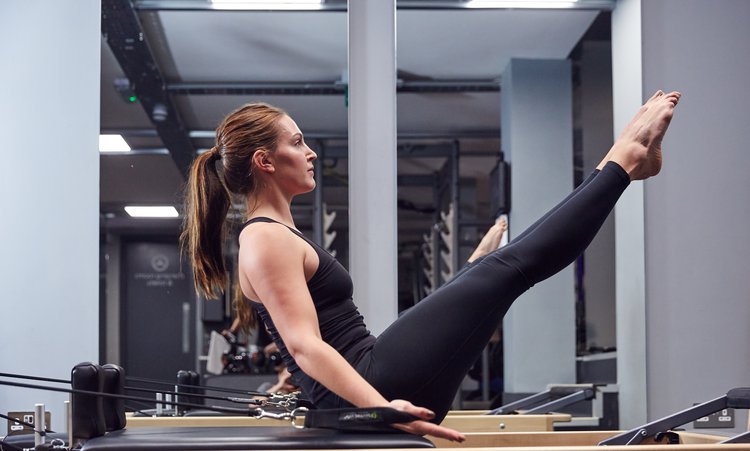Posture For Performance Jan 24 2019

When we start to calculate the period of time we spend sitting during the day (at work, on our daily commute, in the evening) it all starts to add up. The average person spends 9 hours a day sitting and unfortunately this can start to affect our overall health and even contribute to an early death. On the positive side, the adverse effects of prolonged sitting can be negated with regular vigorous physical exercise ( about 60-70 minutes per day).
The key to preventing posturally related pain and to further counteract the effects of
prolonged sitting is to move as much as possible. A few simple ways of achieving this are
detailed below:
Key Points to Remember
Move away from your desk every 45 minutes to 1 hour.
Set reminders on your computer or on your phone to remind you to move and re- set your posture throughout the working day.
If you want to slouch or sit with your legs crossed then do it, but make sure you return to your relaxed sitting position after 20 minutes.
Get outside and walk during your lunch break to fuel your brain and improve the health of your nervous system.
The best exercises are the ones that get done. Find something that you enjoy doing. If you dread going to the gym you’re unlikely to stick with it long-term. Learn a new skill or find an exercise class that interests you.
Sleep is one of the most powerful and important recover methods we have. If you’re not getting enough sleep, your health and overall performance will be compromised.
The way we sit is also an important factor for consideration. We were not designed to sit for prolonged periods of time, so for those with a desk job, it’s important to ensure that you sit in a position that reduces strain on the musculoskeletal system. Work your way through the checklist below to ensure you’re sitting in the optimal position:
Feet, knees and hips - The feet should be flat on the floor with the knees and hips at 90 degree angles.
Pelvis and torso - Your bum should be as far back in the chair as possible with the back rest supporting the natural curve at the lower back (some chairs allow you to adjust the support here).
Upper back and Shoulders - Your upper back should be supported by the chair with your shoulders relaxed and your elbows by your side.
Elbows - Your arms should rest at 90 degree angles when your hands are placed on the desk. The keyboard and mouse should be close enough so that you can keep your elbows relaxed by your sides whilst using them.
Head - The top 5cm of the screen should be at eye level to prevent flexing the head forwards.
If you are experiencing pain or stiffness as a result of sitting at your desk, ask for a desk assessment conducted by a specialist physiotherapist.
Executive Physiotherapy provides desk assessments which include expert advice and exercises to take the pain out of desk work. For more information or to book an assessment please contact us via the website, phone or send an email to admin@executivephysiotherapy.co.uk
Share this post: